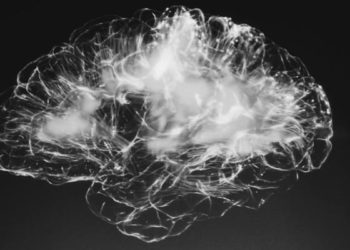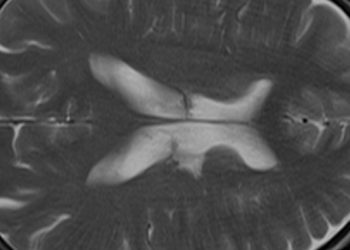Using the DemRisk prediction model to indentify individuals at high risk for dementia in primary care
1. Predicting dementia in primary care settings for a 60-79 year old cohort should include age, history of stroke or epilepsy, gait problems, anticholinergic burden, use of SSRIs, receipt of social services, third-party involvement in consultations and a high number of missed primary care appointments.
2. Predicting dementia in primary care settings for a 60-79 year old cohort should include the same factors as in the younger cohort though associations with incident dementia was generally weaker
Evidence Rating Level: 2 (Good)
Aging populations are driving a rise in dementia cases globally with nearly 40% of cases going undiagnosed. General practitioners play a crucial role in the early identification and management of dementia. Existing models to predict dementia risk, such as the Dementia Risk Score, struggle with predictive accuracy, particularly in older populations, and often lack comprehensive data from external diagnostic sources. This study aimed to develop a new risk prediction model for primary care practitioners. Electronic health records from 383 general practices were extracted. 2 separate dementia risk models were developed based on age: 60–79 (development cohort n = 616,366; validation cohort n = 419,126) and 80–89 (n = 175,131 and n = 118,717). The study looked for the incidence of dementia within 5 years and looked to find risk factors for dementia. For the cohort aged 60-79 years, there were 10841 incidences of dementia diagnoses over the 616,366 individuals including 24% were incident cases of Alzheimer’s disease, 18% vascular dementia, and 58% mixed, unspecified or other causes. Age and female sex were associated with incident dementia. After controlling for these variables, other factors associated with dementia were a history of stroke/TIA, epilepsy, gait problems, use of antidepressants and mood stabilizers, anticholinergic burden, and other factors. BMI also demonstrated a strong negative association. In the 80-89 years cohort, there were 15,994 incident cases of dementia from 175,131 individuals including 18% were incident cases of Alzheimer’s disease, 15% vascular dementia, and 67% mixed, unspecified or other causes. Associations with individual factors were weak in this cohort but still included similar associations such as stroke, use of non-tricyclic antidepressants, receipt of social care, and BMI. After validation and calibration, the younger cohort had a good Harrell’s C-statistic of 0.78 and good calibration in the validation cohort. The older cohort had a moderate C-statistic but could successfully identify patients who would go on to get dementia 2 times as effectively.
Click to read the study in PLOSONE
Image: PD
©2024 2 Minute Medicine, Inc. All rights reserved. No works may be reproduced without expressed written consent from 2 Minute Medicine, Inc. Inquire about licensing here. No article should be construed as medical advice and is not intended as such by the authors or by 2 Minute Medicine, Inc.



![Engineered stem cells mitigate liver damage caused by radiation [PreClinical]](https://www.2minutemedicine.com/wp-content/uploads/2014/12/Human_embryonic_stem_cells-350x250.png)



